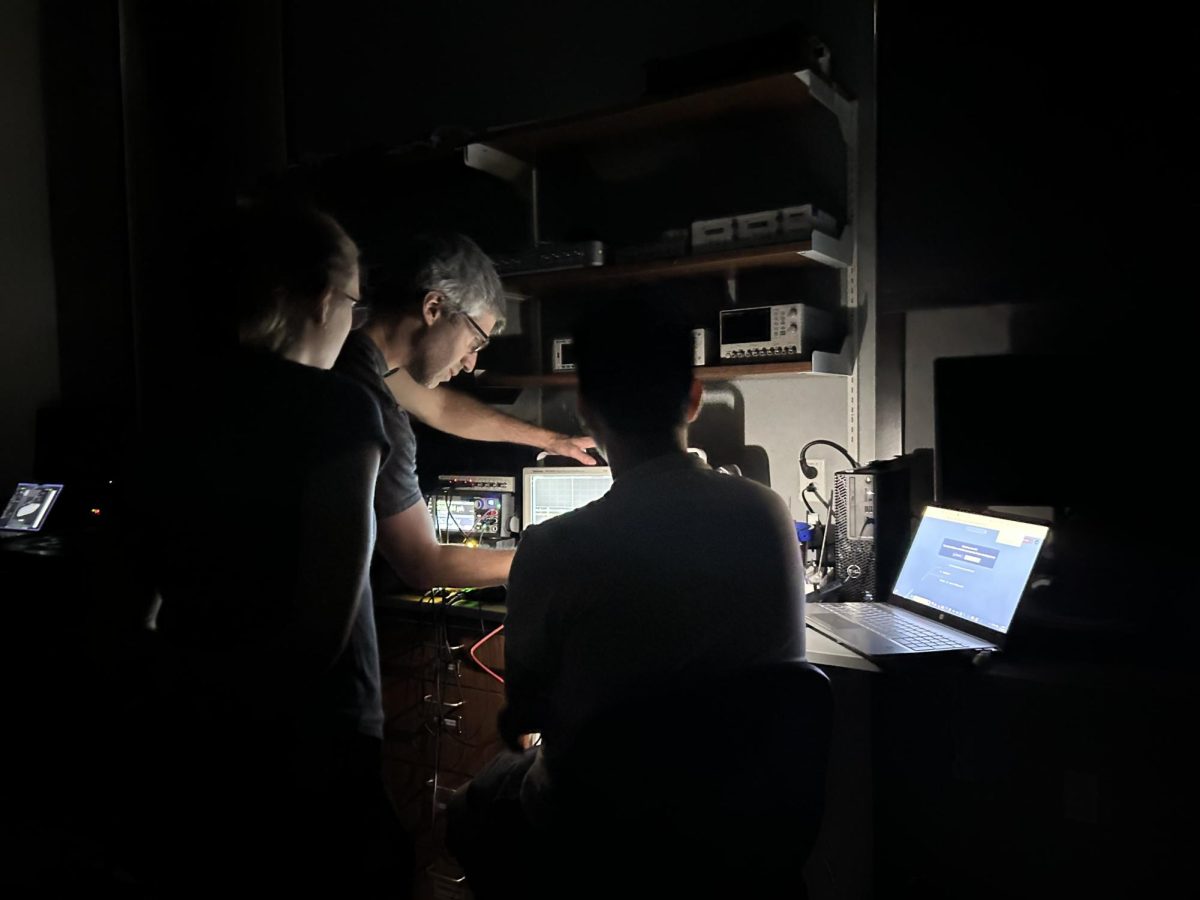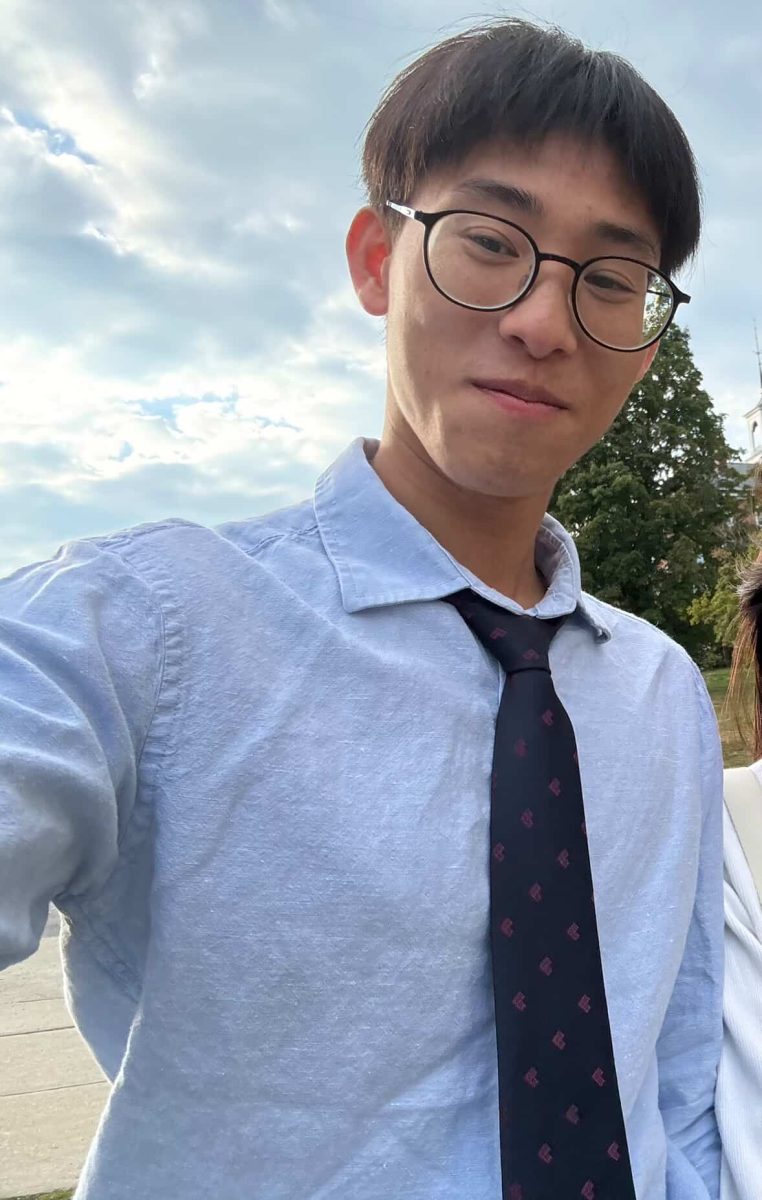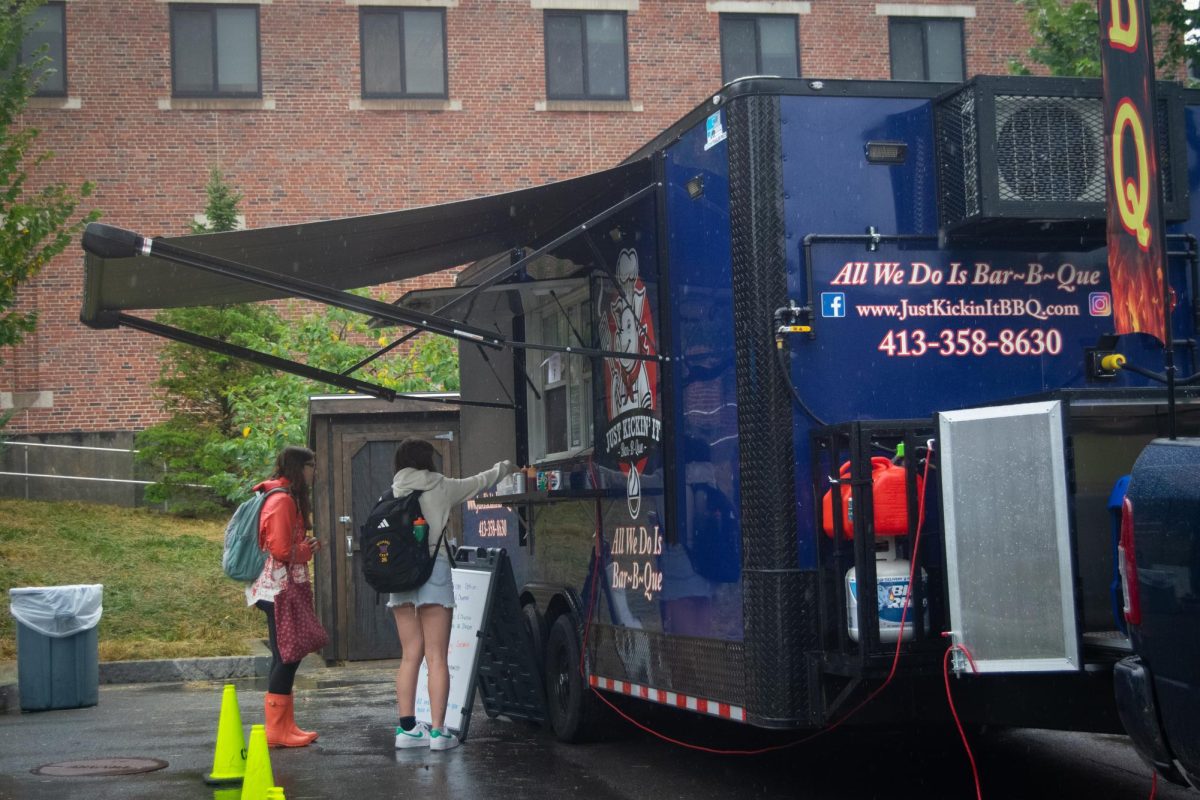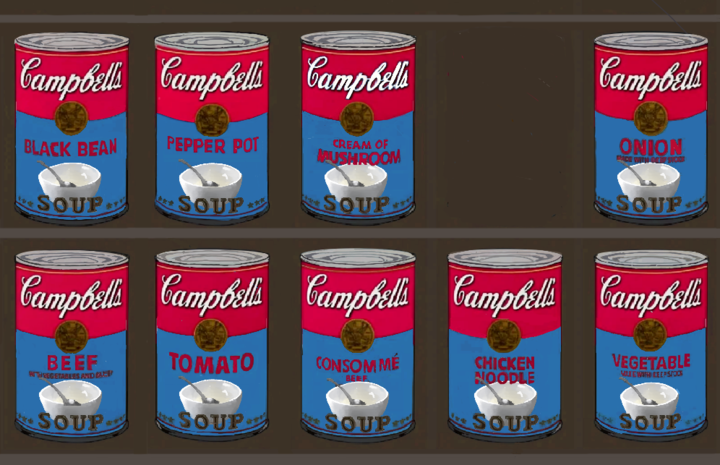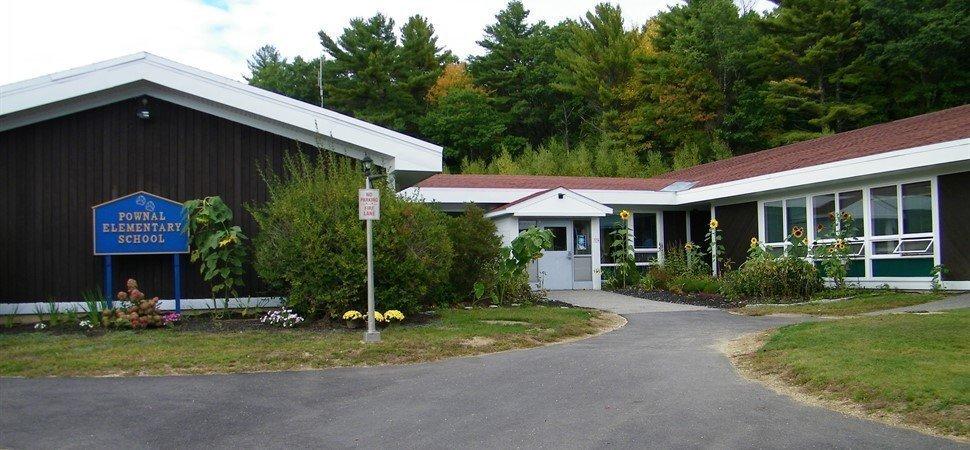
For all of the value that an elite liberal arts college can bring to a remote area, there is an inevitable tension created by the presence of a wealthy institution of higher education like the College in a region that is, on average, neither particularly wealthy nor highly educated. Such an institution can either be an asset to the local community or a focal point of resentment and symbol of division. This fall, a group of student volunteers organized by the Center for Learning in Action (CLiA) began volunteering at nearby Pownal Elementary School to help ensure that the College does its part to be a positive presence outside the confines of the purple bubble.
The Pownal program is one example of many that involve students from the College working to help elementary school students. At Pownal, students volunteer in classes, take the younger students on afternoon excursions and lead them on trips into nature. They can volunteer during recesses and even serve as pen pals. Students from the College also volunteer at other nearby elementary schools.
Caroline Case ’22 enjoyed trying new activities, such as track, as a student volunteer. “When I first went to Pownal, I didn’t know what we were going to be helping with,” she said. “I’ve never done track before, and I’m definitely not a runner, but it was still really fun.”
CLiA was formed five years ago in response to student demand for opportunities to learn and volunteer outside of campus and aims to organize programs centered around community engagement as efficiently as possible. In keeping with CLiA’s broad mission, students volunteer at Pownal for a variety of reasons. Some are there to learn about education or do field work for their classes. Others just like the idea of helping younger students. Jennifer Swoap, director of elementary outreach for CLiA, has been instrumental in organizing the College’s relationship with Pownal. She noted that students’ own past experiences are a common motivator for them to get involved at Pownal. “A lot of times, Williams students have had experiences from their own high schools or elementary schools that [were] important to them,” Swoap said. “And that’s the passion, and that’s what is the impetus [going] forward.”
Swoap observed that, regardless of students’ motivations for volunteering, they all seem to be enjoying and benefiting from it. “The Williams students have a lot of fun,” she explained. “Elementary-age students are very approachable, and it’s very different from the pressure cooker I often hear Williams referred to as.” And the benefits of volunteering go beyond having fun and relaxing. Swoap saw the volunteers also get something more profound out of the experience: “It’s a different role. It’s fun, and the Williams students can tell they’re making a difference.”
Case agreed. “It was a really laid-back and upbeat time, and I loved getting off of campus and interacting with non-Williams people for a change. It helped me get away from academic stress and put it in perspective,” she said.
A notable aspect of the Pownal program is the initiative that students took to start it. Swoap said that CLiA formed this relationship with Pownal because students were so driven by the desire to help. “Certainly, the primary driver of work that we do is in response to Williams [students’] interest in furthering the things that they’re passionate about,” she explained. The impact that the program has on elementary school students is most important, but its benefit to the College students is a nice bonus. For Swoap, that value should never be overlooked. “The growth of Williams students as they go through their four years here is a big part of why we’re doing this work,” she said.
Case said she has formed some meaningful connections with the younger students. “The best part was becoming friends with the kids,” she said. “I especially got close to two fifth grade girls.”
While the Pownal program helps students at the College involve themselves in experiential learning, it also has a meaningful impact on the elementary school students. Pownal Elementary School was chosen, according to Swoap, because it “gives students a different experience with different socioeconomic [classes].” The area surrounding the school has high rates of poverty, trauma, teen pregnancy and domestic abuse. For Swoap, the impacts of student volunteer activity in that area is particularly important.
While other students do important work at other schools in the surrounding region, Swoap stressed how much the Pownal Elementary School students in particular can benefit from the presence of volunteers from the College. “Their classroom teachers may be the only college-educated adults in their lives,” she said. “So having someone in their lives who’s college-educated, who’s closer to their ages … the impact of that relationship is huge.”





